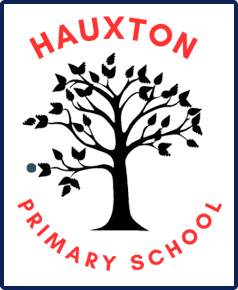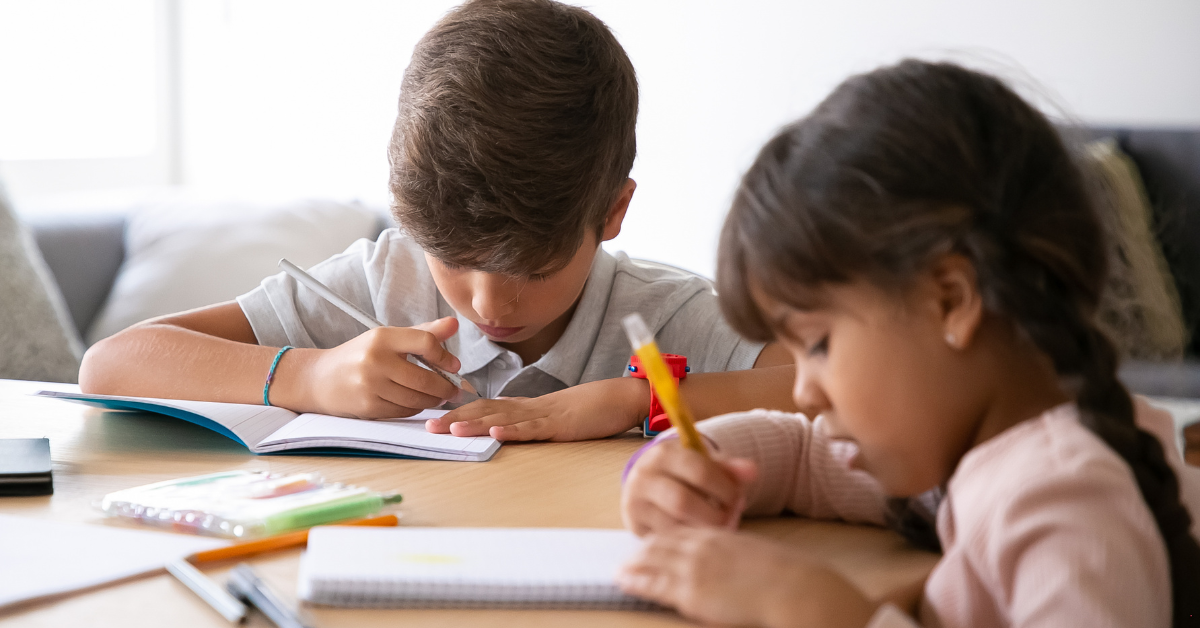By the end of Year 3 children should be able to...
Word reading
- apply knowledge of root words, prefixes and suffixes to read aloud and to understand the meaning of unfamiliar words.
- read further exception words, noting the unusual correspondences between spelling and sound.
- attempt pronunciation of unfamiliar words drawing on prior knowledge of similar looking words.
Comprehension
- read a range of fiction, poetry, plays, and non-fiction texts.
- discuss the texts that I read.
- read aloud and independently, taking turns and listening to others.
- explain how non-fiction books are structured in different ways and can use them effectively.
- explain some of the different types of fiction books.
- ask relevant questions to get a better understanding of a text.
- predict what might happen based on details I have.
- draw inferences such as inferring a characters’ feelings, thoughts and motives from their actions.
- use a dictionary to check the meaning of unfamiliar words.
- identify the main point of a text.
- explain how structure and presentation contribute to the meaning of texts.
- use non-fiction texts to retrieve information.
- prepare poems to read aloud and to perform, showing understanding through intonation, tone, volume and action.
Spelling
- spell words with additional prefixes and suffixes and understand how to add them to root words.
- recognise and spell homophones.
- use the first two or three letters of a word to check its spelling in a dictionary.
- spell words correctly which are in a family.
- spell the commonly exception words from the Y3/4 word list.
- identify the root in longer words.
Handwriting
- use the diagonal and horizontal strokes that are needed to join letters.
- understand which letters should be left unjoined
Sentence structure
- express time, place and cause by using conjunctions, adverbs and prepositions.
Text structure
- start to use paragraphs.
- use headings and sub headings.
- use the present perfect form of verbs instead of the simple past.
Punctuation
- use capital letters for names of people, places, day of the week and the personal pronoun ‘I’.
- correctly use question marks and exclamation marks,
- use commas to separate items in a list.
- use apostrophes to show where letters are missing and to mark singular possession in nouns.
- use inverted commas to punctuate direct speech.
Number
- compare and order numbers to 1000 and read and write numbers to 1000 in numerals and words.
- count from 0 in multiples of 4, 8, 50 and 100.
- recognise the value of each digit in a 3-digit number.
- understand and count in tenths, and find the fractional value of a given set.
- add and subtract fractions with a common denominator.
- derive and recall multiplication facts for 3, 4 and 8x tables.
- add and subtract mentally combinations of 1-digit and 2- digit numbers.
- add and subtract numbers with up to 3-digits using formal written methods.
- write and calculate mathematical statements for multiplication and vision using the 2x, 3x, 4x, 5x, 8x and 10x tables.
- calculate 2-digit x 1-digit.
- solve number problems using one and two step problems
Measurement, Geometry and Statistics
- identify right angles and can compare other angles stating whether they are greater or smaller than a right angle.
- identify horizontal and vertical lines and pairs of perpendicular and parallel lines.
- tell the time to the nearest minute and use specific vocabulary, including seconds, am & pm.
- measure, compare, add and subtract using common metric measures.
- solve one and two step problems using information presented in scaled bar charts, pictograms and tables.


